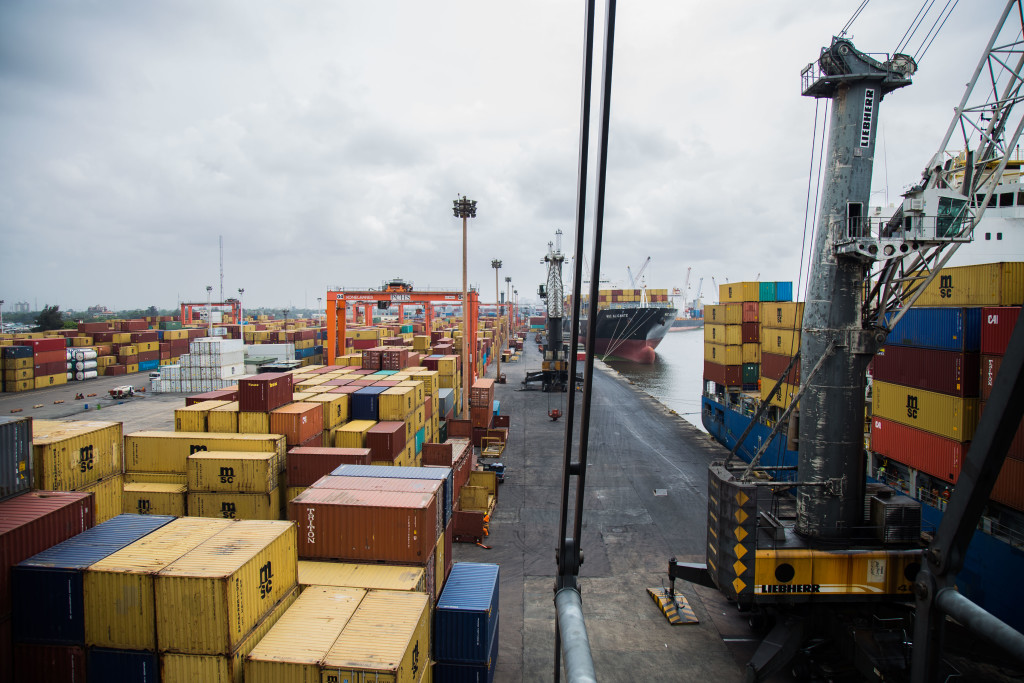
Stears, a leading economic analysis and data-driven insights provider has unveiled its much-anticipated 2024 African Outlook Report, delivering nuanced insights into the continent’s economic landscape.
Contrary to broader generalisations, the report sheds light on the diverse growth trajectories across Africa, with East Africa emerging as a growth driver.
It puts Africa’s overall growth forecast at four per cent, a notable increase from 3.3 per cent in 2023, positioning it as the second-highest globally, trailing only Asia (4.8 per cent). East Africa takes centre stage in this growth narrative, exhibiting consistently higher growth rates than the rest of the continent. Rwanda, Tanzania, Uganda and Kenya are identified as key drivers, collectively contributing significantly to the region’s economic resurgence.
“East Africa’s growth is propelled by dynamic sectors such as natural resources, transportation, tourism, and agriculture. Significantly, there is potential for further acceleration due to increased investment from Gulf countries. These developments are shaping East Africa into a model region for economic resilience and diversification,” says Head of Insights at Stears, Fadekemi Abiru.
Notably, South Africa, Egypt and Nigeria, which are the leading economies in the continent, are poised for growth rates below the regional average, emphasising the importance of recognising and navigating the diverse economic frontiers that exist within the continent.
The outlook further delves into key African countries, specifically Kenya and Nigeria, projecting persisting economic challenges for both nations. The macroeconomic analysis for Kenya anticipates persistent currency depreciation and inflationary pressures.
The report delved into Nigeria’s macroeconomic landscape, revealing a formidable challenge in the form of a high headline inflation rate, currently at 28.92 per cent.
Stears projected an average annual inflation rate ranging from 27.59 per cent to 31.85 per cent for 2024, necessitating proactive measures for economic stability.
“The elimination of petrol subsidies has significantly heightened the cost of living for consumers, leading to an overall uptick in inflation. Coupled with the devaluation of the naira, this has precipitated higher exchange rates, complicating the economic landscape for both consumers and businesses,” Senior Economist at Stears, Dumebi Oluwole, said.
It highlights that inflation averaged 7.8 per cent in 2023, with a nuanced forecast ranging between six per cent and 7.4 per cent for 2024. This aligns with the Central Bank of Kenya’s (CBK) target range of 5±2.5 per cent, reflecting a global trend targeting enhanced price stability.
Oluwole underscores the significance of inflation as a barometer of economic health and advocates for the urgent need to address the persistent challenge of currency depreciation.













